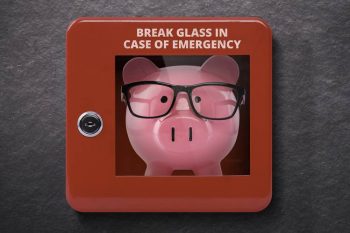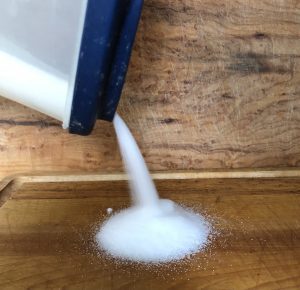The poor body! It never gets a break. All it asks for is a little sleep, a little water, and a little food; just three macronutrients to be exact. A balance of carbohydrates, proteins, and fats is required for nourishment, yet this relentless low carbohydrate movement seems to suggest otherwise. Minimizing carbs is great for weight loss but at what expense? Let’s not forget that forcing the body to use proteins and fats as its main energy source is the body’s energy fail safe and not its first choice. In other words, the body will breakdown proteins (amino acids) and fats (fatty acids) into glucose in the event of a carbohydrate deficiency to maintain stable blood sugars.
To simplify the science let’s think of carbohydrates, proteins, and fats like three different currencies.
Carbohydrates are analogous to paper money. They are easily accessible, universal, and the most abundant of all the calories/currencies. The body uses carbohydrates in the form of glucose as its main energy source but can also use carbs to make fats and manufacture the non-essential amino acids of proteins.
Proteins are analogous to foreign currencies. Neither is readily available and both require a processing time and fee to transfer them into the necessary currency or in the case of the body, into glucose. Normally, the body uses proteins to build and repair tissues, make hormones and enzymes, and transport blood plasma. When it has to transfer its amino acids into glucose (or fat!), it can be at the expense of these functions.
Fats are analogous to retirement funds. Fat provides the main fuel source for long-duration, low- to medium- intensity activity. When the body is drawing on fat stores at the right time and at a slow and steady rate, there is no cost to the body. Eating a high fat, low carb diet and forcing the body to convert stored body fat into energy requires a great deal of oxygen, water, and a temporary decrease in other functions for this process to occur.
Balance your macronutrients like you would your bank book. Know how much you need to live day to day, how much you need to invest for financial/metabolic stability, and how much you will need for the long haul. Investing only in one or two sources and neglecting the other, leaves you transferring funds with excess costs and inefficiencies.




